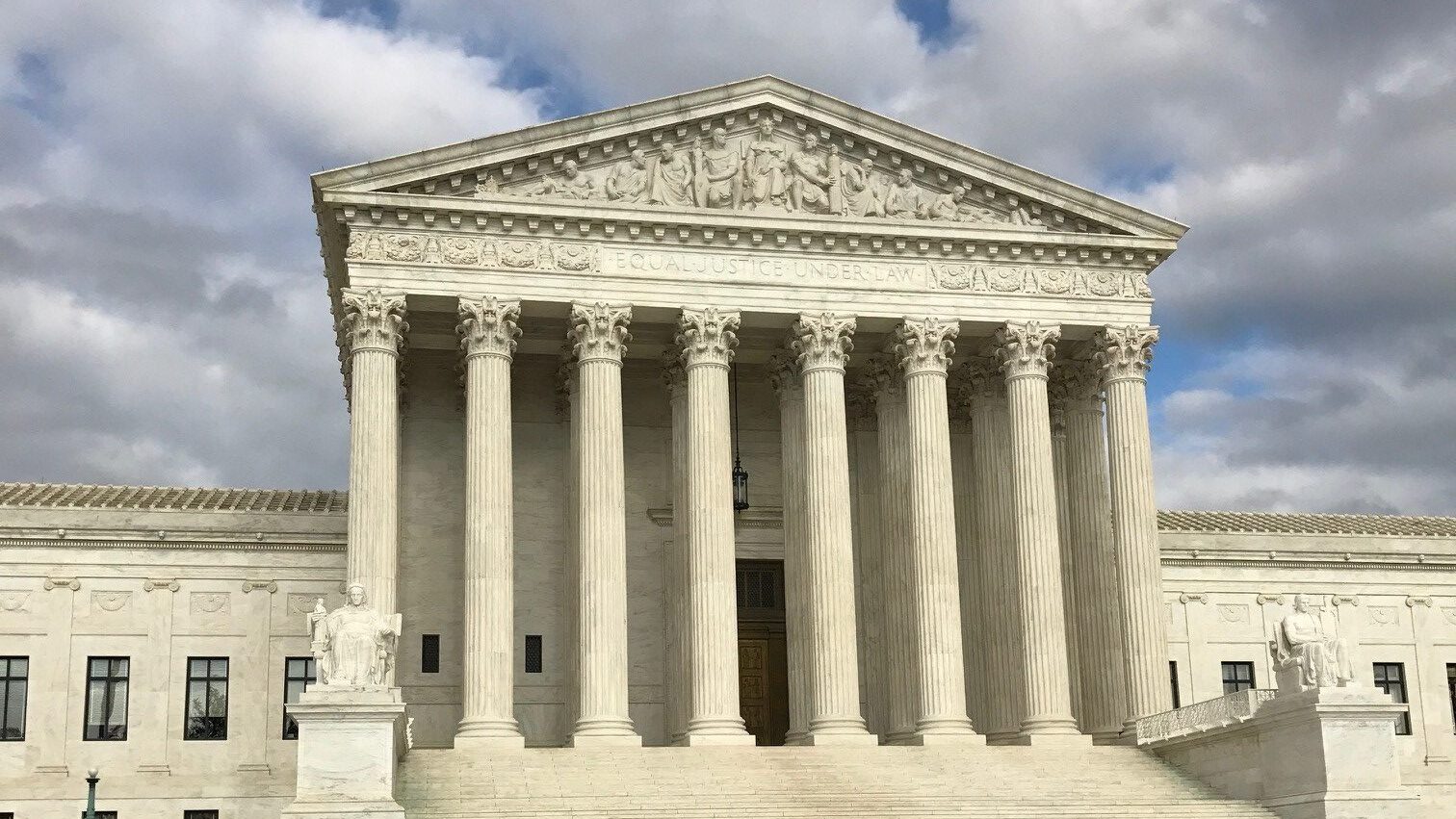Today I want to talk about a housing discrimination claim. But wait! It has significant relevance to employment discrimination claims so bear with me for a second.
As an additional incentive, if you’ve been following the Marvel movies, this case will ALSO have elements of a multi-verse with multiple versions of the CHRO in play, so consider this case to be “Loki” for legal geeks. (If you don’t understand, your kids will.)
Ok, back to the law.
The story first starts in 2012 when the Connecticut Supreme Court upheld an award of $95,000 in noneconomic damages to an employee in an harassment claim, even though the employee did not offer any expert or medical testimony on the subject and provided very little to no evidence on it, according to the court’s opinion.
The case, Patino v. Birken Mfg, has often been cited for the proposition that noneconomic damages will not be overturned unless they are excessive or shocking. The Court’s decision cited several other cases to compare the verdicts in those cases with that one. These types of cases are also what is known as “garden variety” emotional distress damages.
Flash forward to 2015 and a case of housing discrimination filed at the CHRO. The condominium never appeared in the case to defend itself, which resulted in a default judgment. A hearing in damages was then held. At the hearing, the CHRO requested $75,000 in noneconomic damages on behalf of the individual. However, the referee awarded $15,000 in compensatory damages for emotional distress. Victory and case closed, right?
Nope. Then things get interesting. The CHRO appealed the decision of its own referee, contending the damages were insufficient. The Superior Court remanded the case for further decision and on remand, the referee did not change the damages award. The CHRO then appealed again to the Superior Court which affirmed the decision.
Which led to an appeal to the Connecticut Appellate with the CHRO representing the CHRO (Plaintiff) and the CHRO representing the CHRO (Defendant).
(Don’t try to think too much about it; your head will spin but you can read footnote 1 for an explanation where the court notes “The present case thus presents us with the unusual situation of both parties on appeal advocating for the same
interests; specifically, asking this court to reverse the decision of the Superior Court, vacate the referee’s award of damages and remand the case for a new calculation of damages.”)
For good measure, the State of Connecticut filed a brief as amicus curiae. (That’s a lot of tax dollars hard at work, as they say.)
On appeal in CHRO v. Cantillon, both versions of the CHRO asked the court to reverse, claiming a misapplication of prior case law. Both argued that Patino stands for the proposition that in “garden variety” emotional distress claims, “there is a presumptive monetary range of damages between $30,000 and $125,000.”Continue Reading CHRO vs. CHRO: How Much is “Garden Variety” Emotional Distress Really Worth








